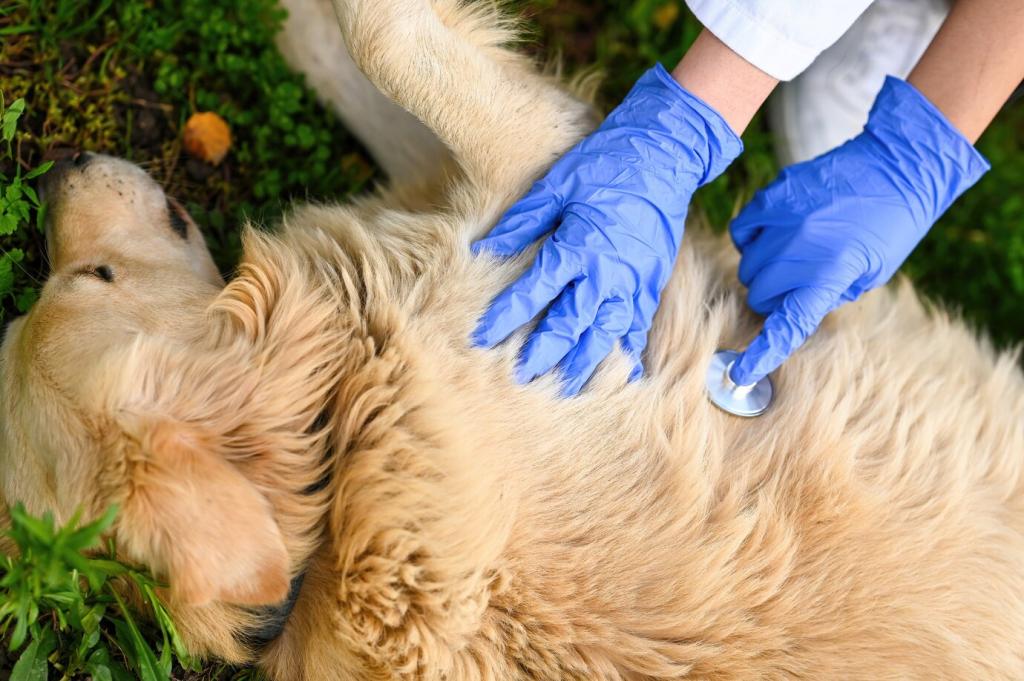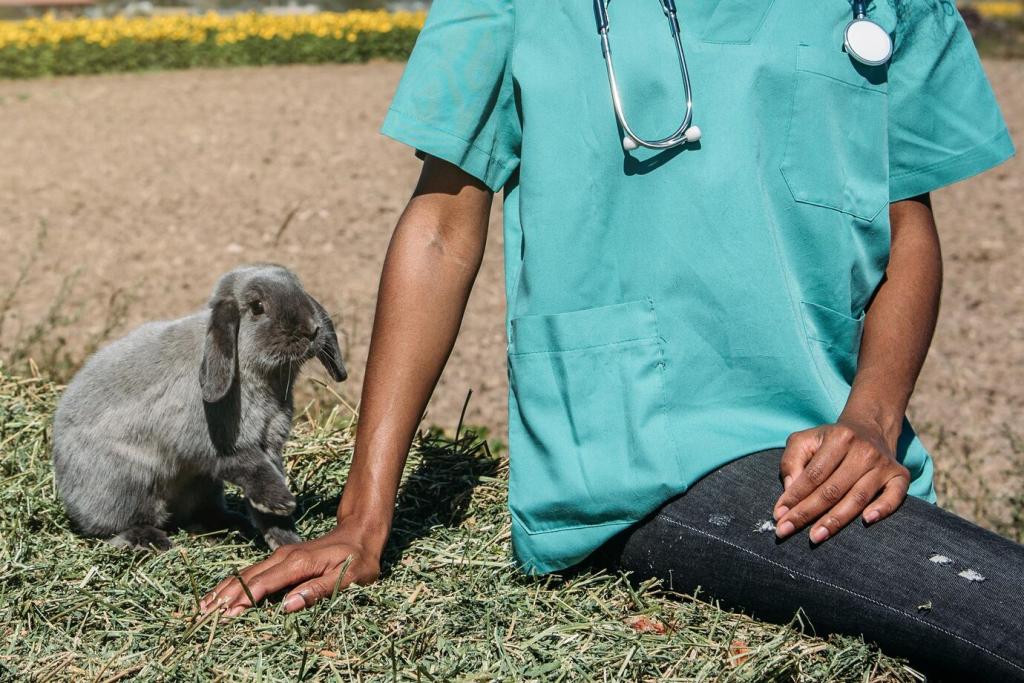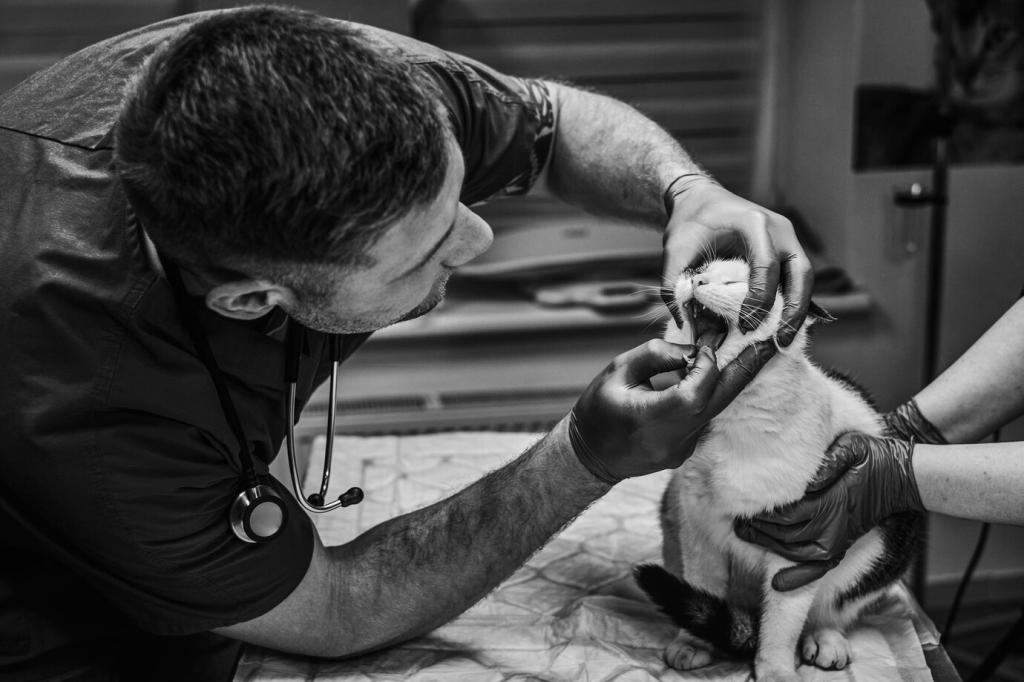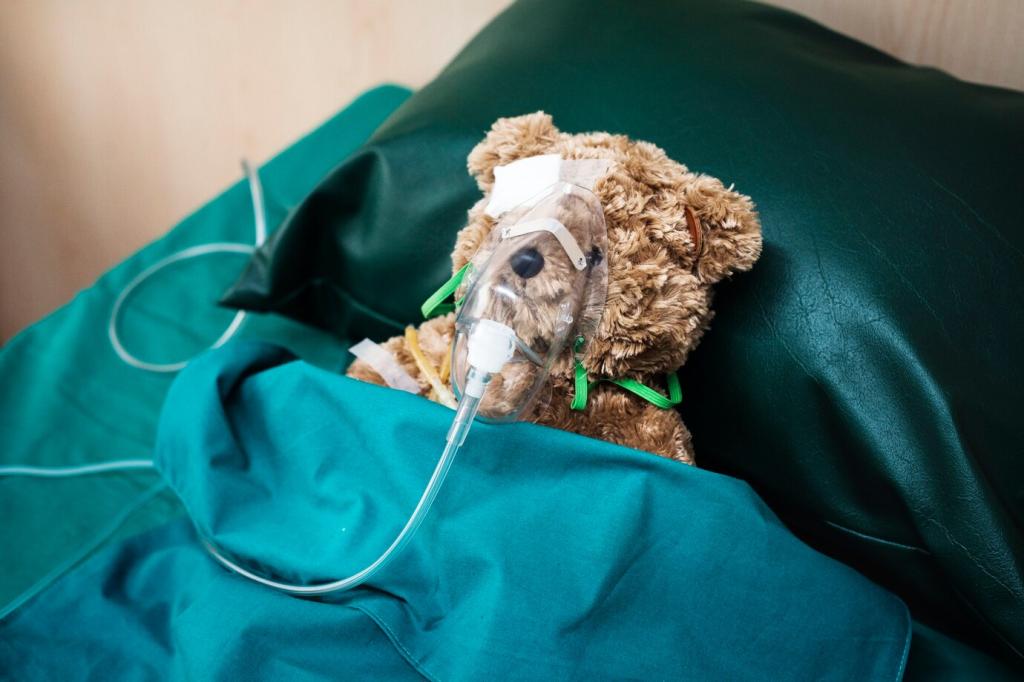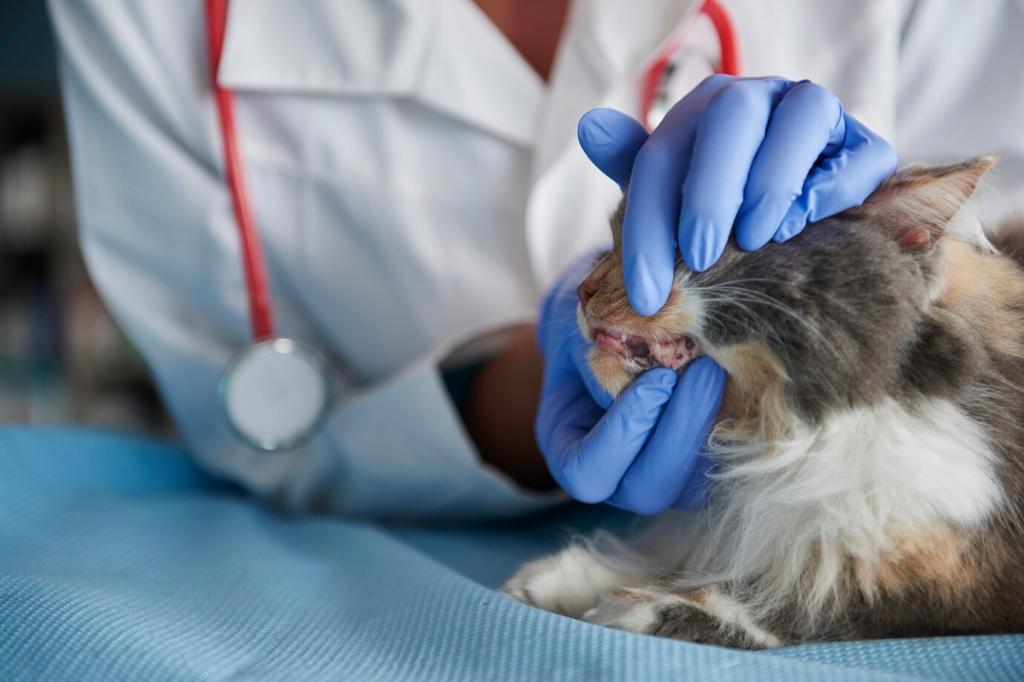Understanding Pet Wounds: Types and Risks
From fence wires to rough play, most pet wounds stem from everyday adventures. Sharp objects cause clean slices, while rough surfaces create abrasions. Bites introduce bacteria deep under the skin. Tell us what scenarios worry you most so we can tailor future guidance.
Understanding Pet Wounds: Types and Risks
Cats hide pain exceptionally well, so small punctures can be deceiving; dogs often show swelling and licking sooner. Thin-skinned or short-coated breeds are more prone to tears, while long-haired pets can conceal injuries. Share your pet’s breed or mix to get breed-smart tips.
Understanding Pet Wounds: Types and Risks
Deep punctures, rapidly growing swelling, foul odor, heat, or pus signal urgent care. Wounds near joints, eyes, and mouth carry added risks. If bleeding won’t stop in ten minutes with steady pressure, call your veterinarian. Comment with questions—your vigilance saves recovery time.

